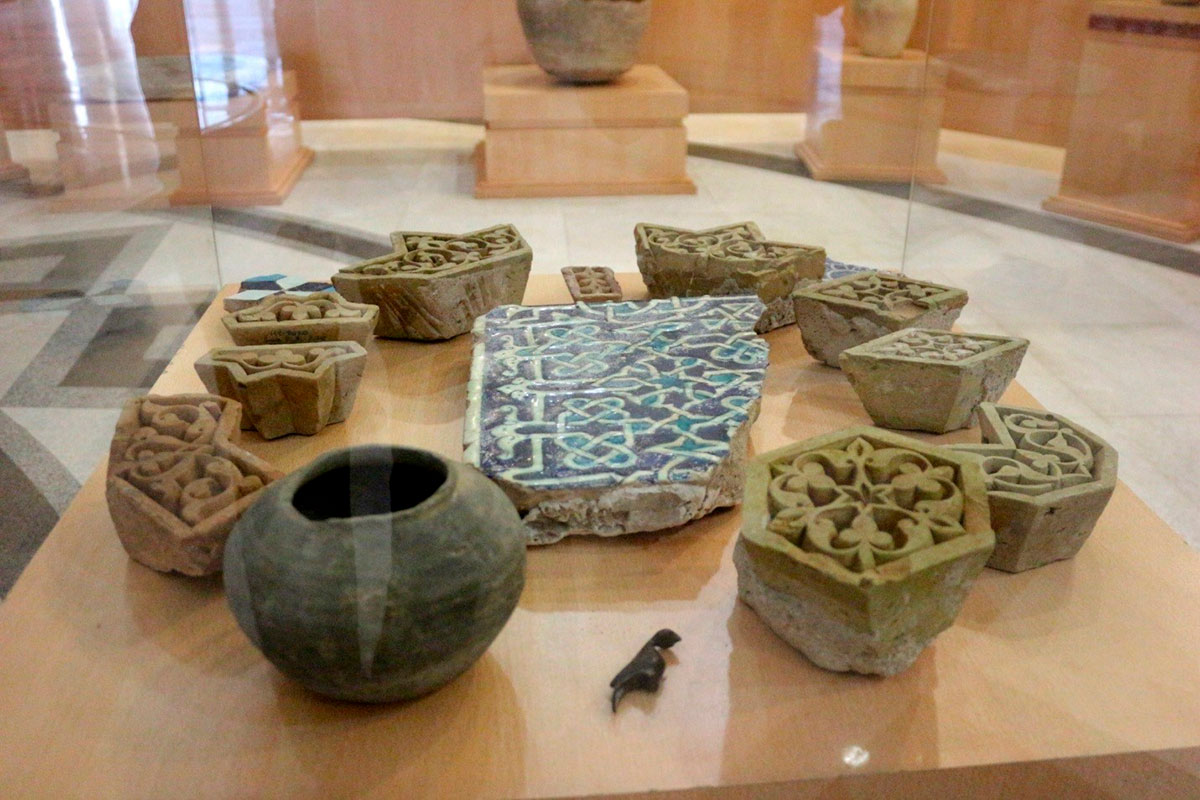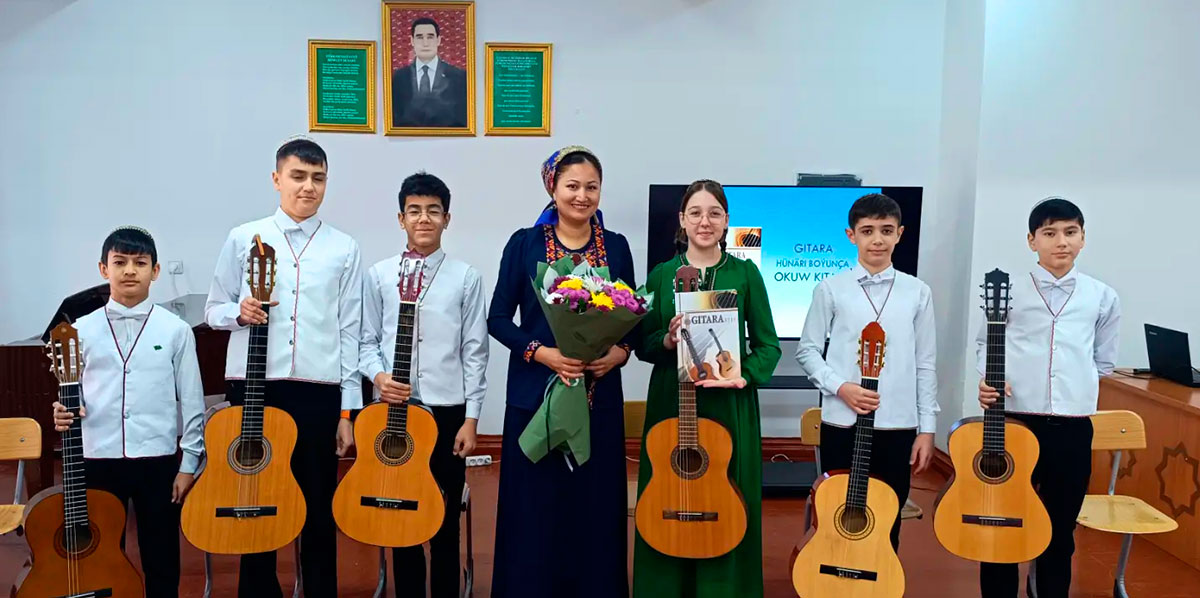The artifacts discovered during archaeological excavations in different years on the territory of the Dashoguz velayat clearly reveal the high level of economic development of the cities and settlements located here in ancient times.
Clay jugs and hums, remains of clay water pipes, terracotta elements of architectural decor found not so long ago by specialists also testify to the flourishing of various crafts, including ceramics. Among the finds there are also well-preserved jugs for chigir, allowing us to make various assumptions about the history of their origin. Some of them were also discovered during archaeological excavations on the territory of today's Koneurgench.
It is known that ancient Horezm had a developed agricultural sector, including irrigated agriculture. And one of the tools in demand for this was the chigir - a water-lifting structure, which is a wheel with buckets for scooping up water. Some experts suggest that irrigation with the help of the chigir in Horezm arose as early as the 5th-6th centuries AD and was actively used to irrigate high-lying lands. It is quite possible that the city had workshops for the manufacture of clay jugs for the chigir, products that were in demand not only in Horezm itself, but also in other parts of the world, where they were possibly sent for sale along the Great Silk Road.
There is a well-founded opinion that in ancient Gurgench, the palace areas, including the buildings of inns or caravanserais, were famous for their greenery, which, first of all, required a well-thought-out irrigation system. Why not assume then that chigir was also used to water city gardens and parks?
In general, it seems that the potter's wheel and clay firing devices, which appeared in Central Asia in ancient times, played a major role in the development of ancient Gurgench as a large city. If in the initial stages of the development of this craft, local potters were mainly engaged in the manufacture of various dishes, then gradually they mastered the production of clay products for other purposes - for example, pipes for water pipes, architectural elements for the external and internal decoration of buildings, clay interior decorations.
The construction and restoration of many monumental structures in Gurgench caused the need for the production of a large number of various elements of architectural decor, including terracotta facing products. Thanks to the development of pottery, in the Middle Ages, the local Horezm architectural decoration of buildings, the originality of its style, became widely known in a fairly significant geographical area, and the architectural monuments of that time still amaze with the uniqueness and beauty of their decoration.








